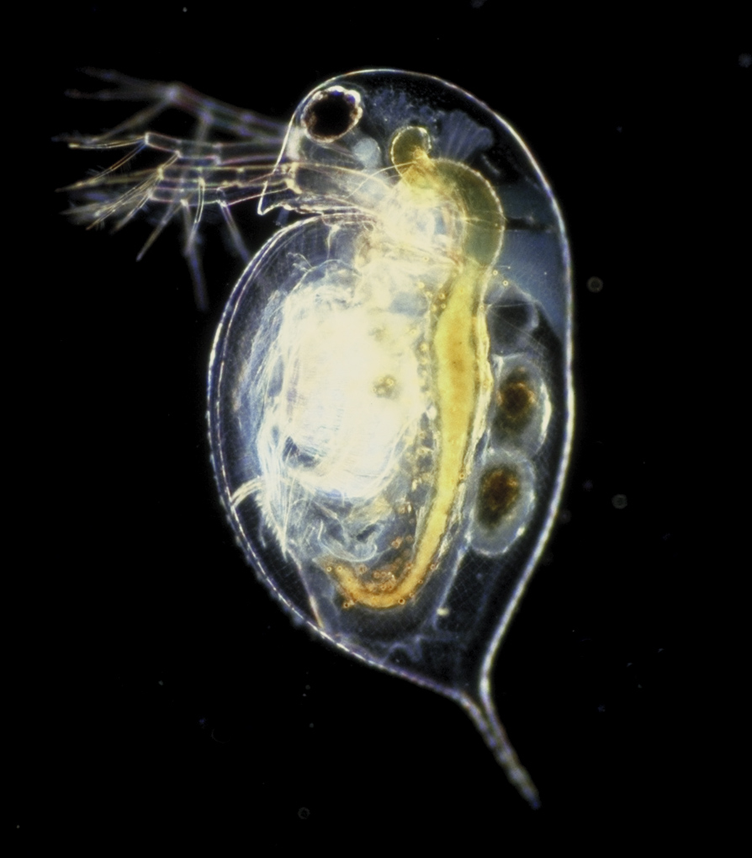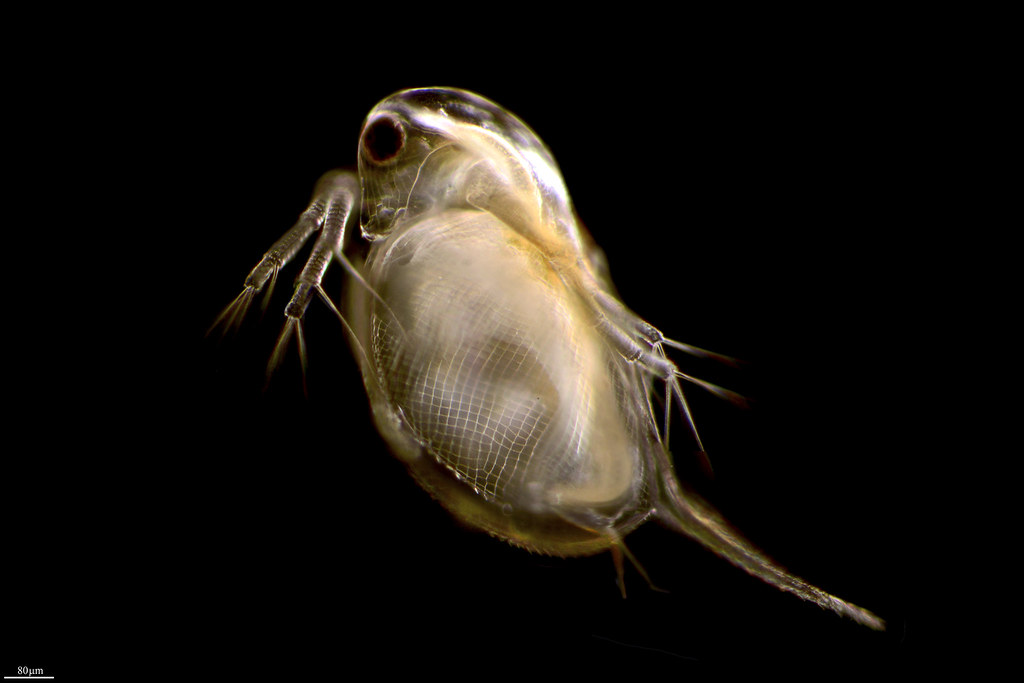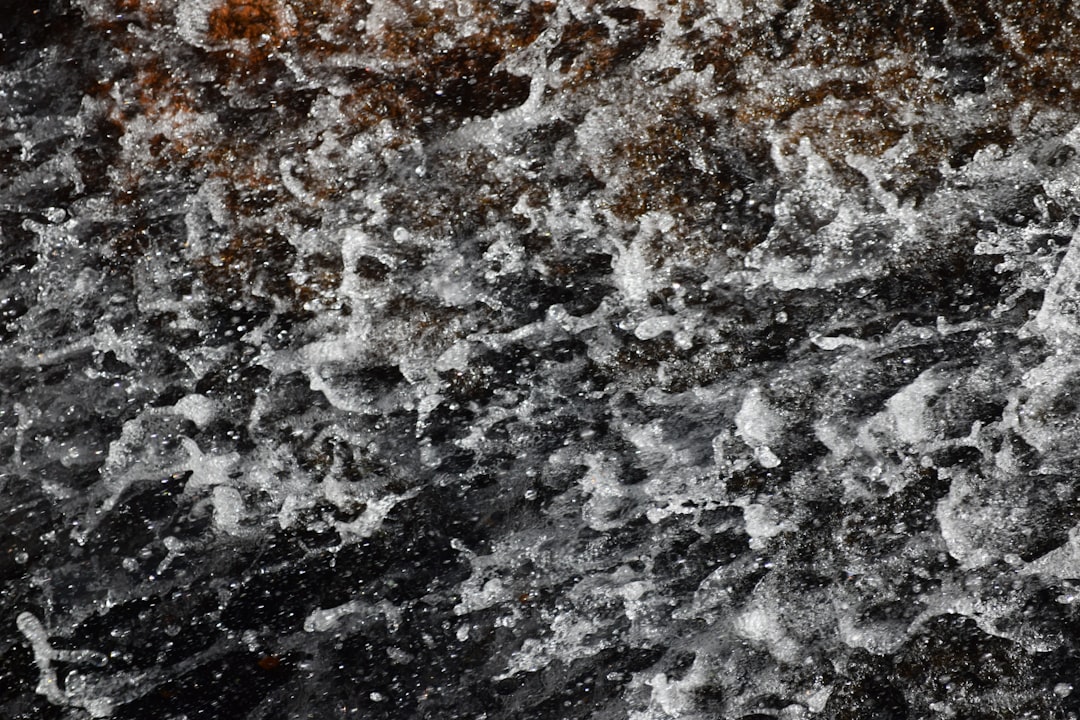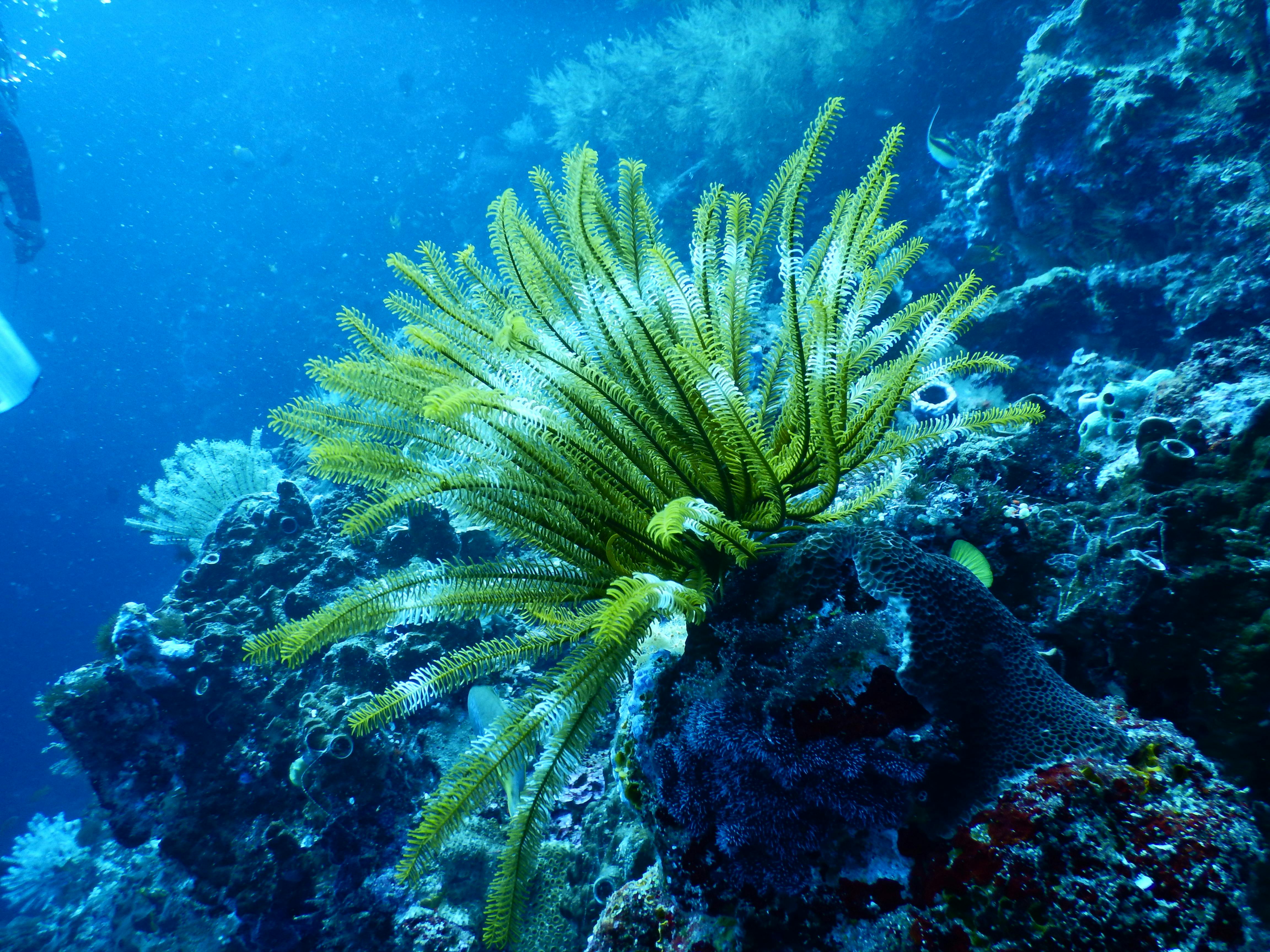
Imagine not only feeding your fish and aquatic friends with tasty, nutritious live food but also nurturing it yourself! Culturing Daphnia, those tiny freshwater crustaceans also known as water fleas, allows you to do just that. Here's how you can start your own Daphnia culture, providing a self-sustaining food source that's easy and rewarding to manage.
Choosing the Right Home for Your Daphnia

Setting up a Daphnia culture begins with selecting the right container. While a 20-gallon aquarium is ideal for beginners, you can choose anything from a five-gallon bucket to a large glass tank. Remember, prioritizing surface area over depth more closely mimics their natural environment. Ensure the container is clean and non-toxic, and keep it in a stable, temperature-controlled area, away from direct sunlight and curious little hands or paws.
A simple setup includes fresh water that’s aged or dechlorinated, a gentle air pump for aeration, and a light source. Daphnia not only survive but thrive in stable, warm environments, making any consistent room between 65°F and 70°F perfect. Avoid temperatures exceeding 75°F, which can slow their production. For more background on these fascinating creatures, check out this resource on Daphnia.
The Daphnia Ecosystem: A Lesson in Coexistence

For your Daphnia culture to flourish, think of it as a mini-ecosystem. Incorporate freshwater plants like duckweed, harmless shrimp, and snails. These not only clean up any excess food but also assist in keeping the environment healthy by eating algae and organic waste. This creates a balanced habitat that mimics natural conditions and supports thriving Daphnia populations.
To keep these little fellows happy, continuous but moderate lighting is ideal. An overhead light source for about 24/7 will help them find food more easily by encouraging algae growth—a diet staple for Daphnia.
Feeding Your Daphnia: The Diet of a Water Flea

Feeding your Daphnia the right diet is crucial for a thriving culture. Although they’re filter feeders, thriving on what’s in their natural environment, you need to supplement their diet, especially in indoor cultures. Good feeding choices include:
- Spirulina Powder: Rich in nutrients and highly effective for growth.
- Active Baker’s Yeast: Easy to mix with water and readily available.
- Chlorella: Another powerhouse algae to consider.
- Dry Fish Food: Use in moderation and dissolve it in water first.
Start with small amounts and adjust according to their population size. A light green tint of the water can indicate you’ve got the right amount of food without risking overfeeding, which could lead to water quality issues.
Population Peaks and Harvesting

Daphnia have an impressive reproductive cycle, capable of ballooning from a handful to thousands in just weeks through parthenogenesis. Such rapid population growth means frequent harvesting is essential, which involves gently netting the Daphnia with a fine mesh from the water’s surface, leaving behind detritus and any smaller organisms.
Keep your culture thriving by not harvesting to the point of depletion. A good rule is to start when the tank has a density of 10 Daphnia per 20 ml of water—a surprisingly simple yet effective measure. This ensures you’re never in short supply!
Troubleshooting and Continuous Care

Sometimes, despite best efforts, things might not go smoothly. If you notice your population dropping, revisit key factors like feeding amounts, water quality, and aeration. Aeration helps mimic a flowing water environment, critical in preventing stagnation. Should pest issues arise, such as unwanted hydra or flatworms, consider a thorough clean while reseeding with reserve Daphnia.
Monitoring Daphnia cultures can reward you with vibrant, active environments in your aquarium. So why not dive in and try setting up a culture yourself? What’s the biggest challenge you foresee in starting your Daphnia culture? Share your thoughts, and let’s cultivate some lively discussions!
Frequently Asked Questions
How do I culture Daphnia?
To culture Daphnia, maintain water temperatures between 18-20°C for Daphnia magna and 24-31°C for Daphnia moina. Set up a 12-20 hour light photoperiod, and keep the pH between 6.5 and 9.5. Ensure ammonia levels are below 0.2 mg/L for optimal growth. Provide a small amount of green water or yeast as food.
What do Daphnia eat?
Daphnia primarily feed on microscopic algae, bacteria, and organic debris in the water. You can supplement their diet with powdered spirulina, yeast, or green water to ensure consistent nutrition and population growth.
How do I ensure water quality for Daphnia?
To ensure optimal water quality for Daphnia, maintain a stable pH between 6.5 and 9.5 and avoid ammonia levels above 0.2 mg/L. Regular water changes and the removal of uneaten food can help prevent water fouling, ensuring the health of your culture.
Can Daphnia reproduce in captivity?
Yes, Daphnia reproduce rapidly in captivity if conditions like water temperature, pH, and food availability are optimal. They can reproduce asexually (parthenogenesis) to quickly increase their population under favorable conditions.
How can I use Daphnia as live food for fish?
Daphnia are an excellent source of live food for fish, providing a high-protein and nutrient-rich diet. Harvest them using a fine mesh net and rinse them in clean, dechlorinated water before feeding to your fish.
So, there you have it—a beginner's guide to cultivating your own thriving Daphnia culture! Whether you're a seasoned aquarist or just dipping your toes into the world of live food, this rewarding hobby is sure to bring you closer to your aquatic companions. We hope you enjoyed this dive into the world of Daphnia as much as we enjoyed sharing it with you. For even more tips and inspiration, why not follow along on our journey? On our Instagram, we share stunning visuals of our aquatic habitats that might spark your creativity. Planning your setup? Check out ideas on our Pinterest. And if you have any questions or want to share your progress, we'd love to hear from you on X (formerly Twitter). Don't forget to like our page on Facebook to keep up with our latest posts. We can't wait to connect with you and see how your Daphnia journeys unfold!
